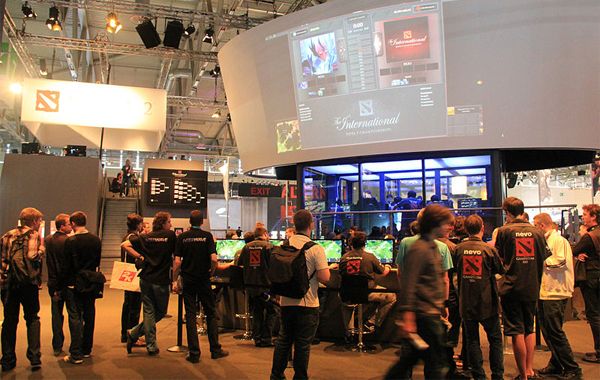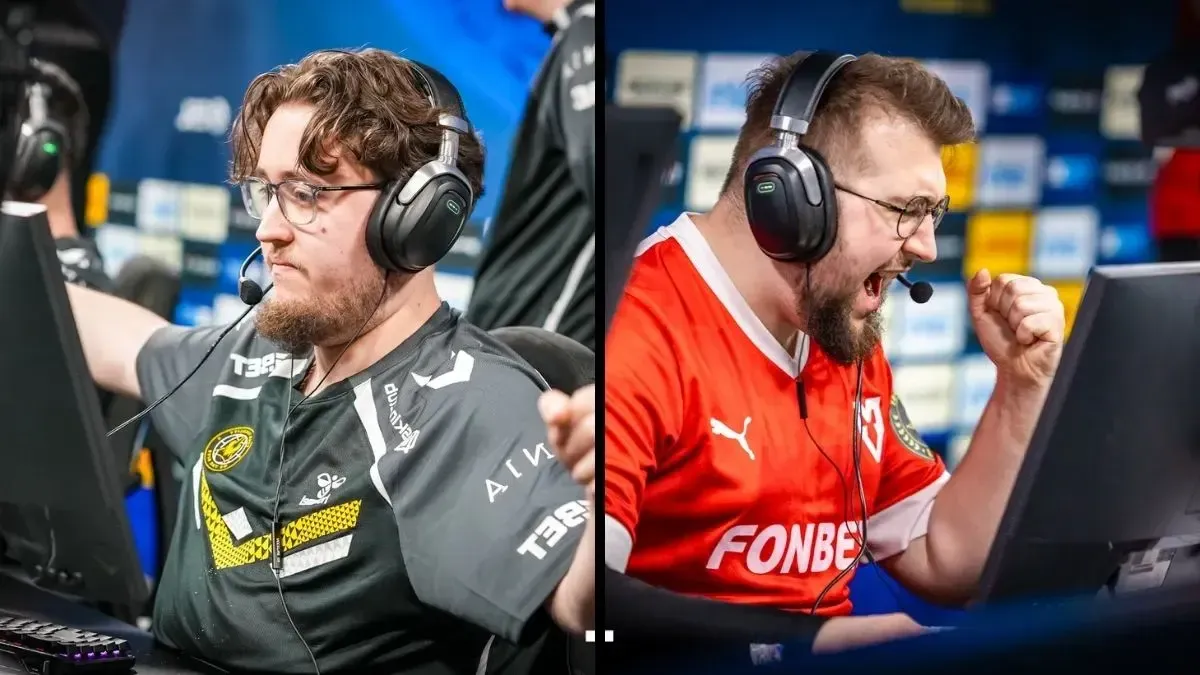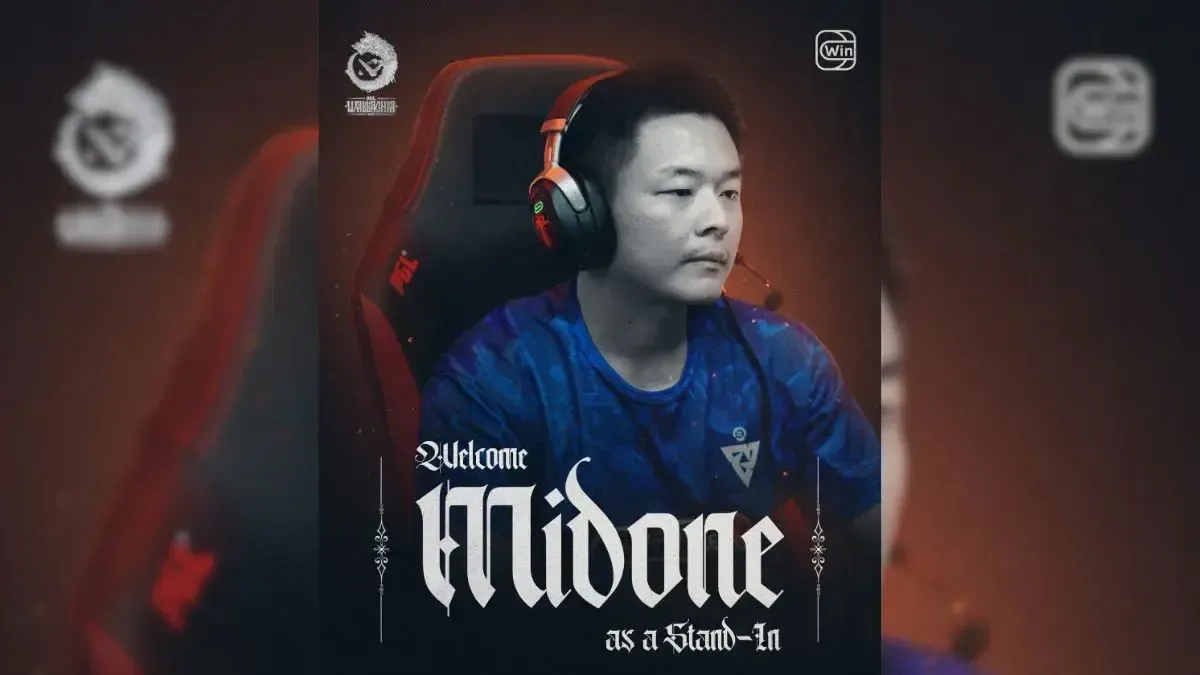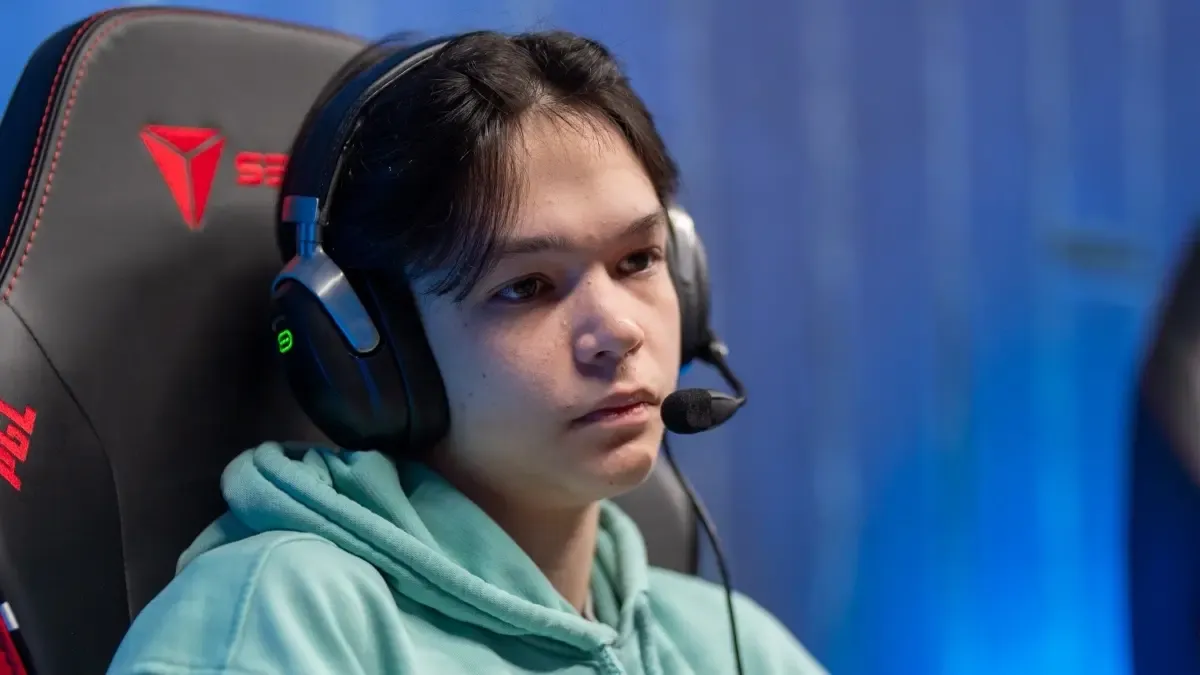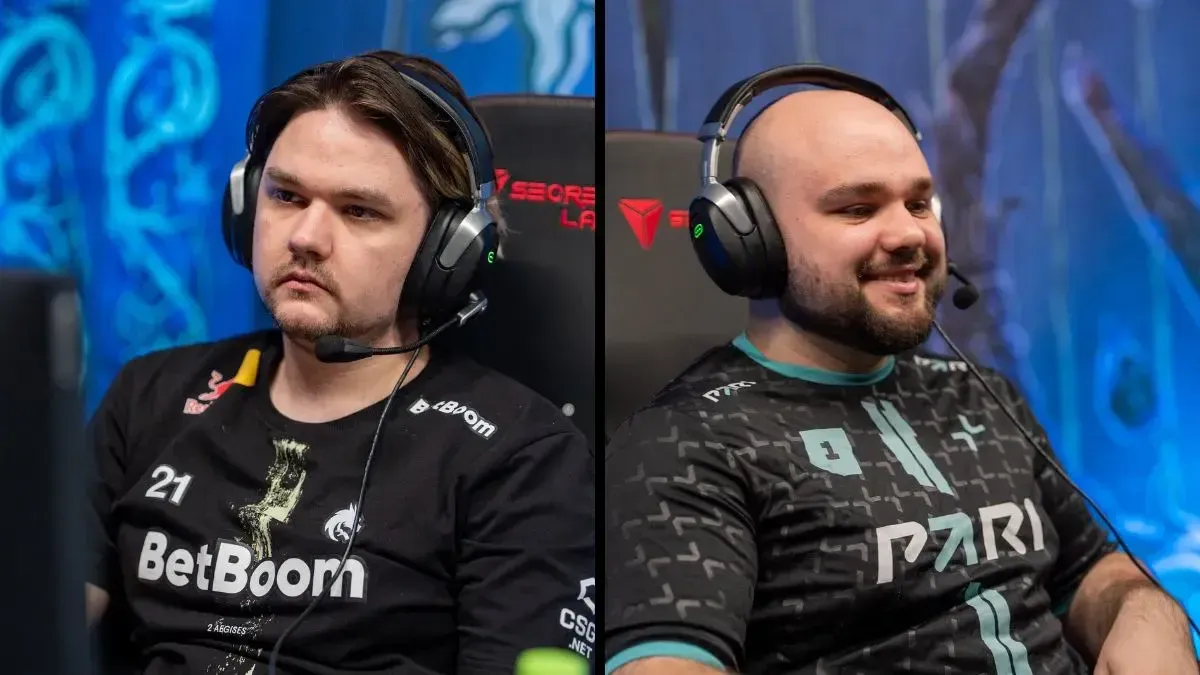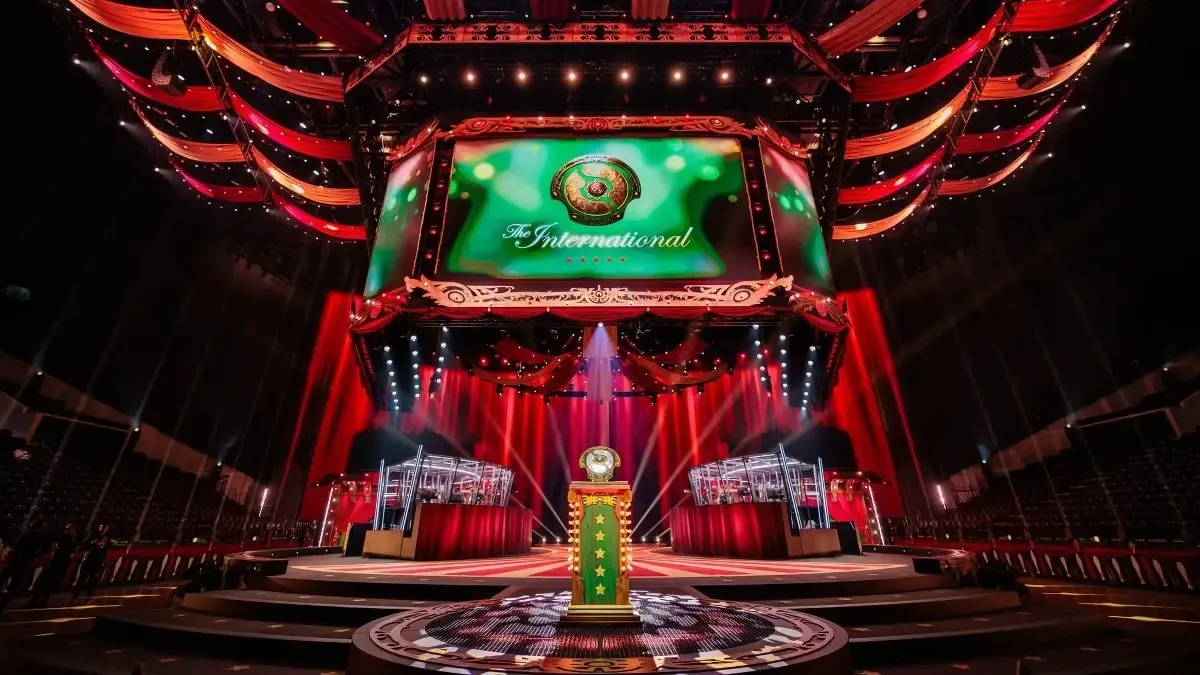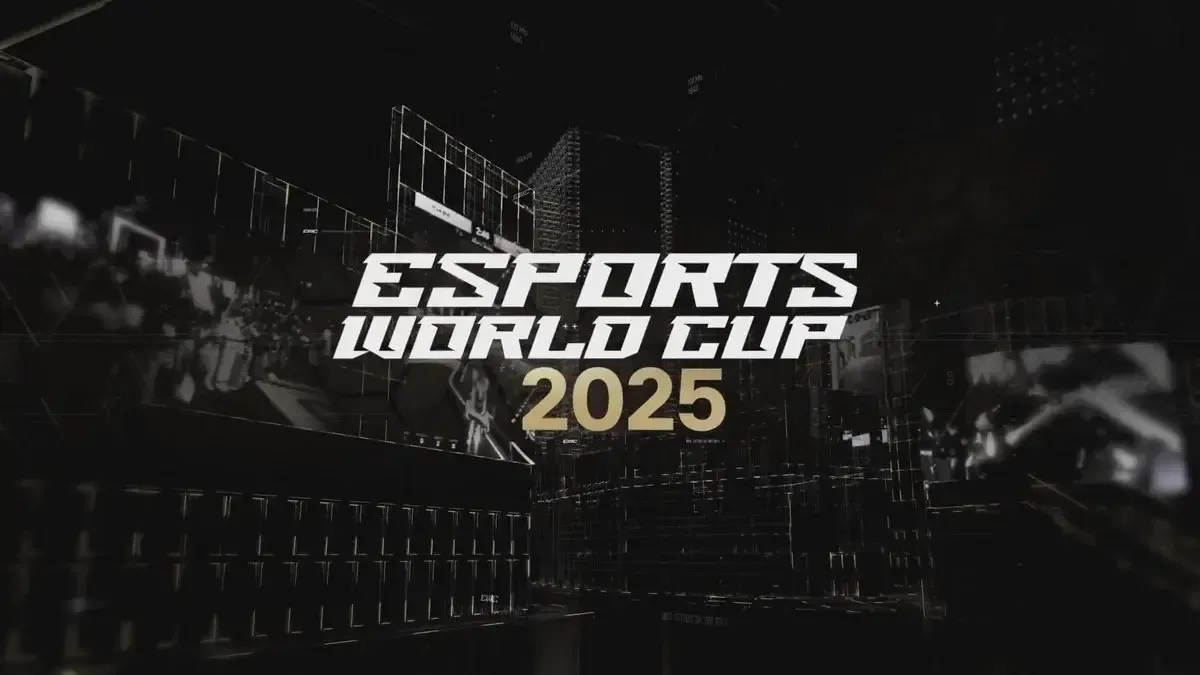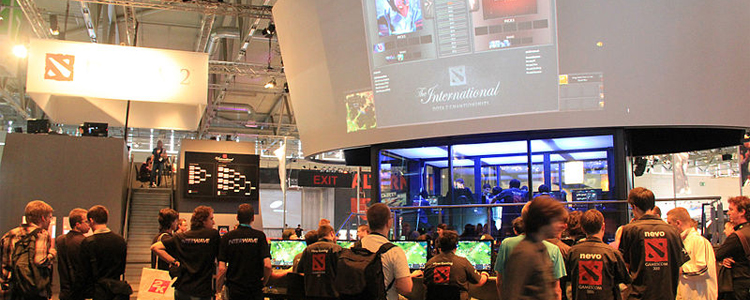
Background
Starting out as a secret collaboration and planning between Valve and Icefrog, the game morphed into something much more as it developed. As word spread of the next 'DotA sequel' in development, hope and anticipation grew within the community. DotA was going into it's heyday even then, and teams were anxious to get on board the 'Dota 2 bandwagon'. "What made Dota 2 so exciting then?", you might ask. The answer is simple: The Source Engine.
Unlike the Warcraft 3 engine on which DotA was based on, the Source Engine is not limited by many factors. Maphacks, disconnects, bug exploitation aside, the Warcraft 3 engine by then was already just about 9 years old. IceFrog was then limited to making changes to the game based on the limitations of the engine. One such limitation of the game was the unpassable terrain. For example, certain cliffs or crevasses that exist in DotA have bugs in which you can get stuck in them, and casting position based spell would have the possibility of you: getting out, or causing even a teammate or an enemy to be stuck with you (there was a command in DotA, '-unstuck' for this very same purpose). Here's an example of a crevasse bug.
Having it's sights set on a game that was already famous worldwide, Valve had the task of not only taking it to the next level in terms of gameplay, but making it different from it's predecessor in a way without compromising the quality of the game.
This was achieved through the adding of a death HuD, and by making certain tweaks that allows the average user to access information like chat history, a shop with a search menu, quick-buy option, and easier control of the team's courier. In addition, Valve made the game much more customisable via game options, such that users could access the courier, skills, items, and certain function keys more easily. In the early days of DotA to Dota 2, the functions that separated the two games were experimental, and would have to be developed according to beta users' feedback.
Gabe Newell, Co-Founder of Valve:
These types of players are awesome when it comes to refining and testing your decisions. The game that gets released to customers is going to be a whole lot better because we've taken this step along the way."
This was done through the main channels of communication from Dota 2 players and Valve on the Developer's Forums, as well as Reddit. Slowly collecting feedback from beta testers, Valve began to release more waves of beta keys as the game developed and their server capacity increased. Later on, they implemented the feedback based on the players, and one example of an implementation was the development and update of the artwork, hero models, and graphics which are done every now and then.
The first International was held in 2011, in Cologne, Germany. As Valve hosted their inaugural edition of The International at Gamescom, not only did it double up as a tournament but as a showcase stage as well where Dota 2 made it's debut. Teams played on an elevated platform above the ground floor, and spectators could watch their every move as they played in a glass box, similar to the one that was used in Benaroya Hall, but smaller.

Featuring a total of 16 directly invited teams, these teams were the jewels of the DotA scene. What better way to introduce Dota 2 to gamers better than inviting the best teams and making them compete for a USD $1,000,000 top prize? A publicity stunt of the video gaming world like no other, not only did the prize money draw media attention to the tournament, but it gained international recognition for Dota 2 as well.
Inviting the top DotA teams during that time, Valve essentially wanted to show that in terms of style and the game itself, Dota 2 was identical. Achieving this, it was then that people noticed one thing that was different; gameplay. Gone were the days of RGC, Garena, and Battle.Net style DotA, and in came the new Dota 2 styled version. Not only did the 'feel' of certain heroes vanish, the map itself felt different. The terrain was similar, but different. The very same players that carried on from different DotA networks were different in Dota 2 (or atleast a vast majority of them).
Invited Teams List (The International 1):
 Natus Vincere
Natus Vincere
 EHome
EHome
 Invictus Gaming
Invictus Gaming
 OK.Nirvana.CN
OK.Nirvana.CN
 Tyloo
Tyloo
 MiTH-Trust
MiTH-Trust
 GosuGamers.net
GosuGamers.net
 Nevo
Nevo
 Moscow 5
Moscow 5
 Virus Gaming
Virus Gaming
 MUFC
MUFC
 Mineski Infinity
Mineski Infinity
 Scythe.SG
Scythe.SG
 OK.Nirvana.Int
OK.Nirvana.Int
 SGC
SGC
 Meet Your Makers
Meet Your Makers
The invited teams were given their beta keys 2-3 weeks in advance ahead of Gamescom, with the exception of team Scythe.SG having received their keys only one week before. As the teams were essentially the first few professional players in the game, there was no time for them to formulate the meta-game and interact with the game engine based on the changed gameplay.
After receiving their invites, the teams mainly decided to follow up with DotA's then robust meta-game; farming supports and drafting according to the game, rather than the then 'hot hero picks' (such examples now would be the meta game of Nyx Assassin, Ancient Apparition, and Lifestealer). Viper, Slardar, Leshrac, Mirana, Doom, and Vengeful Spirit were some of the picks at the first International, which was very diverse to say the least.
Dota 2 Features: Differentiating it from DotA of old

Hotkey customisation, quick buy, control groups, easier Shift+actions are the new names of the game, and players can actually purchase items from the shops much more easily. Continuing on with the earlier mentioned quick-buy, this option is enabled by default and can be activated by holding down the shift key whilst clicking on the item that you wish to purchase. As a result, items can be purchased without selecting on the shop by just clicking on an item or component that you have set to quick-buy. As illustrated on the left, the components can be bought anywhere on the map.
If you happen to be at a side shop or at the fountain shop where the item is sold, the item will appear in your inventory or stash once bought (with exception of the secret shop). If you happen to be away from the item shop, the item will be stored in your stash. The 'store' icon will light up when you are within buying range of any of the fountain, side or secret shops.
This has allowed players to buy various items and components of their items before they die without losing any gold. On the other hand, it has led to much 'panic buying' as well, whereby players accidentally buy wrong items before they are about to die in a bid to maximise the use of their unreliable gold, which is lost upon death.
The DotA shops of old, which consisted of 'Ancient Weaponry', 'Gateway Relics', 'Arcane Sanctum' were all done away with, and replaced with the jolly Dota 2 shopkeeper. Instead of having to search around in all the shops for the items that one would wish to purchase, one could easily find the item via the shop overlay. This shop overlay combines all the items of DotA with a search engine function, in which you can type the item which you wish to purchase if you cannot find it in the shop.
(Note: The Secret Shop is still independent of the Fountain and Side Shops, and sells a completely different set of items. These items are key to completing some of the higher tier items, such as Butterfly, Assault Cuirass, and Heart of Tarrasque).
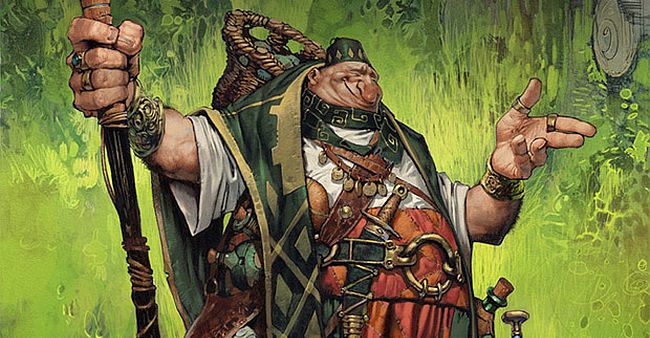
What has changed in terms of the items between DotA and Dota 2, other than the shop? Well, just take a look at one (in)famous DotA item: Buriza. Valve has renamed it to Daedalus (which in Greek Mythology essentially means a hard worker) probably in order to avoid certain copyright issues. Ogre Axe has been renamed to Ogre Club, which at first might have caused confusion among the early DotA players whilst searching for that item.
Lastly, DotA's 'Guinsoo's Scythe of Vyse' has been changed to Dota 2's 'Scythe of Vyse'*. Delving into DotA lore, Guinsoo was an important figure in the development of the game and was IceFrog's predecessor. However he has since moved to Riot Games in order to pursue a career in the development of League of Legends, and whilst he has an honorary item in DotA due to his key role played, he does not have one in Dota 2.
Erik Johnson, Dota 2 Developer (Valve):
"The fundamental things that make Dota such a popular game to so many people, we're not changing those. We've reinvented the world and built a new place for people to play the game in. We've solved some of the problems around trying to play a game with your friends. We put a bunch of effort into making sure matchmaking works properly. But all the things we thought were executed so well in Dota 1, we don't see where it makes a lot of sense to jump in and change those things."
*Noting a contradiction, DotA's Eul's Scepter of Divinity has remained unchanged in it's transition to Dota 2. Perhaps this was due to the fact that early DotA developer Eul has decided to remain within the DotA and Dota 2 fraternity.
Since The International 2011, most of the invited teams have disbanded. Citing poor results and player issues, renowed teams such Nevo, Scythe.SG, and MYM have since ceased to exist. Some players however between themselves have come together to form newer teams like mTw and Mousesports. The other remnants of The International sees veteran teams such as Natus Vincere, Invictus Gaming still going strong, whilst teams such as MiTH-Trust and Mineski have definitely dropped in their international scene presence.
Despite Dota 2 being criticized for it's steep learning curve and inhospitable community towards newer players, undeniably it is more user friendly than Warcraft 3 DotA. What has made it better than it's older counterpart is it's ability to customise almost all the options, which allows the game to suit the user's need as compared to the meagre options available in DotA, plus the compulsory built-in legacy skill keys of each and every hero, which made memorising the keys for any decent player a nightmare.
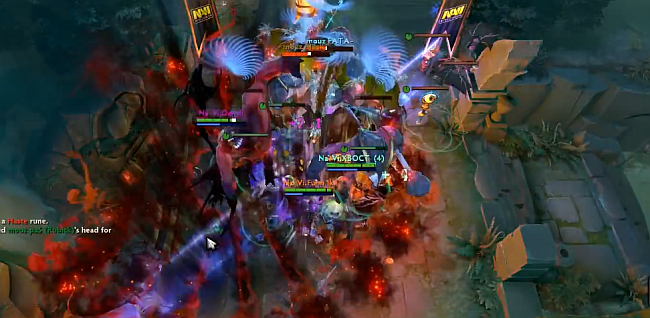
What else separates Dota 2 from DotA? Well, there is then the artistry of Dota 2. Built around making the game a masterpiece, any DotA player can tell you that Dota 2 has a more synchronised animation, a smoother gameplay and the intangible 'feel' to it. Almost like a moving artwork, it is undeniable that the graphics of Dota and the teamfight mechanics are better than most commercial games out there.
Any Dota 2 player that has transitioned from DotA can tell you that the movements of heroes in Dota 2 have become more synchronised, with a smoother animation cast time, and attack animation. However in all fairness, the medium of Warcraft 3 is over a decade old, and putting that into consideration, it is doing decently.
Although the picture above has been taken more recently in comparison to the timeframe of the article, it is used to illustrate my point that the teamfights of new are something to behold.

Apart from the artistry, there is the less observed technical aspect of Dota 2. Pictured above are the statistics of a certain Sniper. With the implementation of this feature in Dota 2, players can now view all other player's hero attack speed, range, damage, along with their magical and physical damage resistance values. Players can view and counter another player's hero using his statistics more easily. For example, people can see Dragon Knight's high armour value and physical damage resistance, and choose the best course of action to reduce that value, perhaps by picking up an Assault Cuirass and Desolator.
A look at the movement speed comparison between two heroes allows one to decide if he can outrun another, and if a particular hero with low health can be chased down in certain situations. Viewing the opponent hero's movement speed, if one's movement speed is higher, the decision to chase down and kill the opponent's hero can be made.
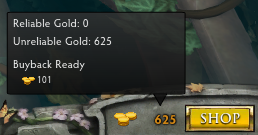 One last useful feature of Dota 2, the unreliable gold and gold values are easier to ascertain. Instead of hovering the mouse on the top right hand corner, to view both gold values in DotA, this can be done by hovering the mouse over the amount of gold you have at the bottom right hand side of the screen, next to the 'shop' button. Reliable gold is gold that is not lost upon death. Unreliable gold however will be lost upon death, the amount of which increases the higher your level and the longer since the game has started.
One last useful feature of Dota 2, the unreliable gold and gold values are easier to ascertain. Instead of hovering the mouse on the top right hand corner, to view both gold values in DotA, this can be done by hovering the mouse over the amount of gold you have at the bottom right hand side of the screen, next to the 'shop' button. Reliable gold is gold that is not lost upon death. Unreliable gold however will be lost upon death, the amount of which increases the higher your level and the longer since the game has started.
This allows players to maximise use of their unreliable gold with ease, as well as making it less of a hassle to view your buyback status (the amount of gold needed, and the cooldown).
I chose certain key features to look at in-depth, as it would be unfeasible to name and highlight every single feature that the game posseses. Do leave a comment on what you would like to see in following features!
>> Place GosuBets on Dota 2 matches, win Lockless Luckboxes!

